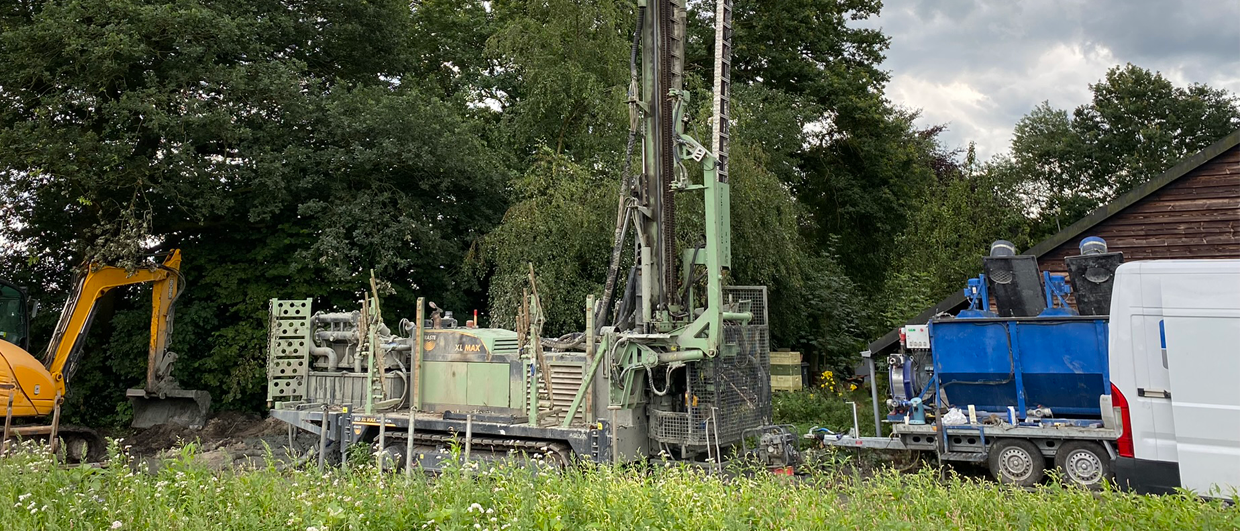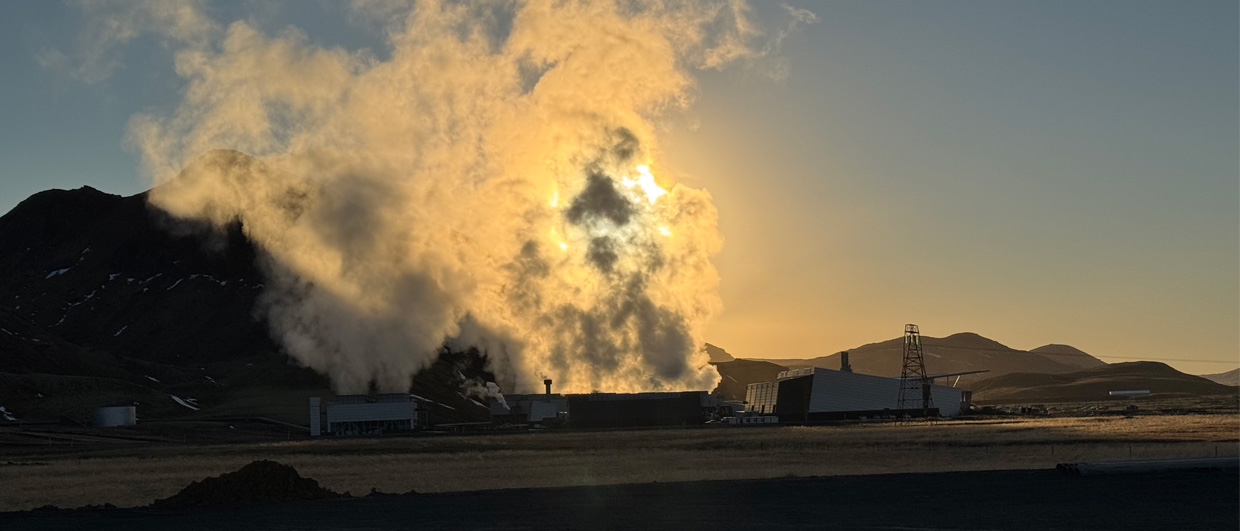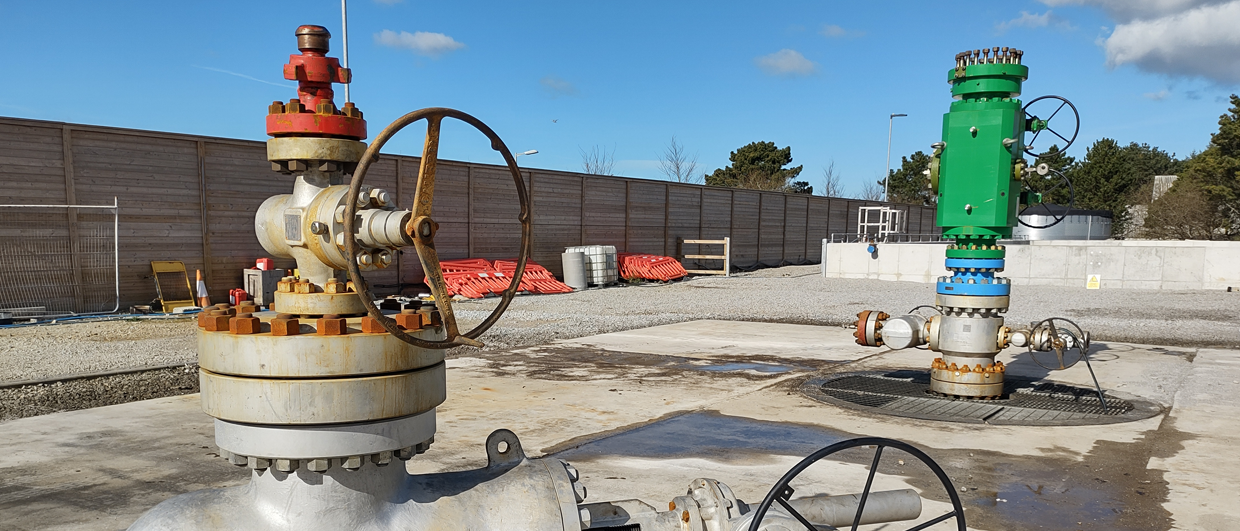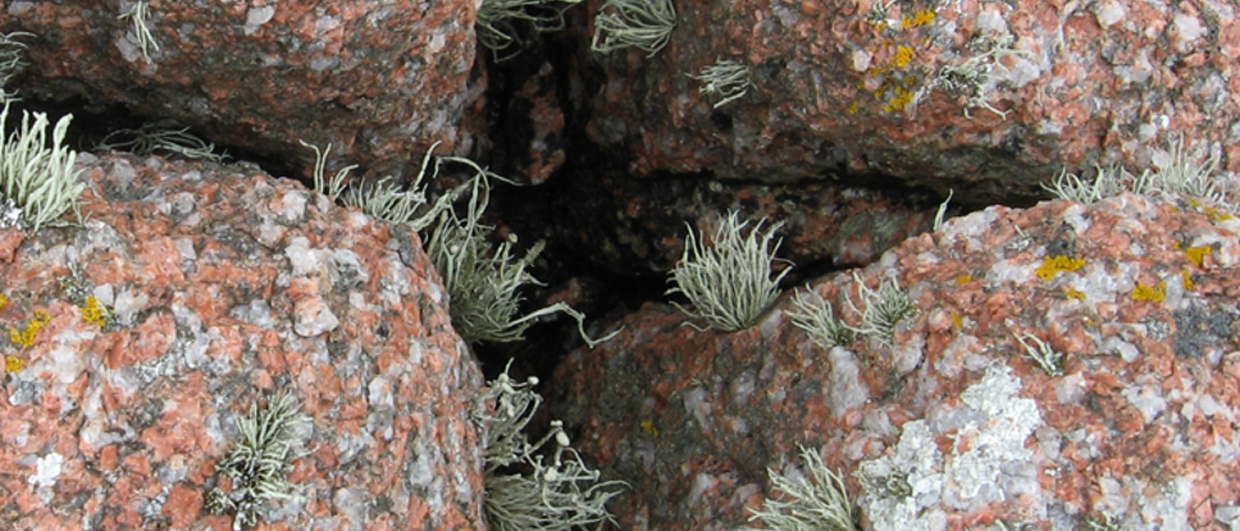Closed loop geothermal systems, with a heat pump superimposed, form a new and promising way of domestic heating systems. Hundreds of small rigs are actively drilling these loops across many countries, enabling the decoupling from gas-fired heating.
Most of these closed-loop systems are designed to provide energy to one building and are normally drilled to between 100 and 200 m depth. The power that such a system provides ranges between 2 and 20 kW, which is sufficient for a single house. But what if you would drill a little deeper and be able to provide power for a block of houses instead?
Jan Rossingh, director at Rossingh Drilling and Geophysics, is always looking for ways to improve on currently used methodologies. Therefore, he decided to drill a borehole in his own backyard in the north of the Netherlands, more than twice as deep as the conventional ones.
“We can provide energy for an entire block of houses with one borehole rather than many smaller ones. This is not only a solution for existing housing blocks, but also for new developments and high-rise buildings where the spatial footprint is small but the power demand significant.”
The end result? A borehole that successfully terminated at 500 m, the desired depth, in just two days of drilling. “On the third day, we carried out borehole measurements”, says Jan. “We always run a gamma-ray to have a better grip on the lithological variation, but of course, the geothermal gradient and conductivity are the most important things for us.” The temperature at the depth of 500 m did not disappoint. “Rather than an expected 16/17°C, we are looking around the 21.5°C here”, explains Jan.
The challenge with these deeper loops is to minimise the energy with which the fluids need to be pumped around the closed system. “The deeper you get, the more friction along the tubes is to be overcome. For that reason, the company developed a new concentric heat exchanger that is fitted in the borehole. This device maximises the power output whilst keeping friction to a minimum.
Using the experience gained through this project, Jan thinks there will be a market for these deeper closed-loop systems. “We can provide energy for an entire block of houses with one borehole rather than many smaller ones. This is not only a solution for existing housing blocks, but also for new developments and high-rise buildings where the spatial footprint is small but the power demand significant.”





